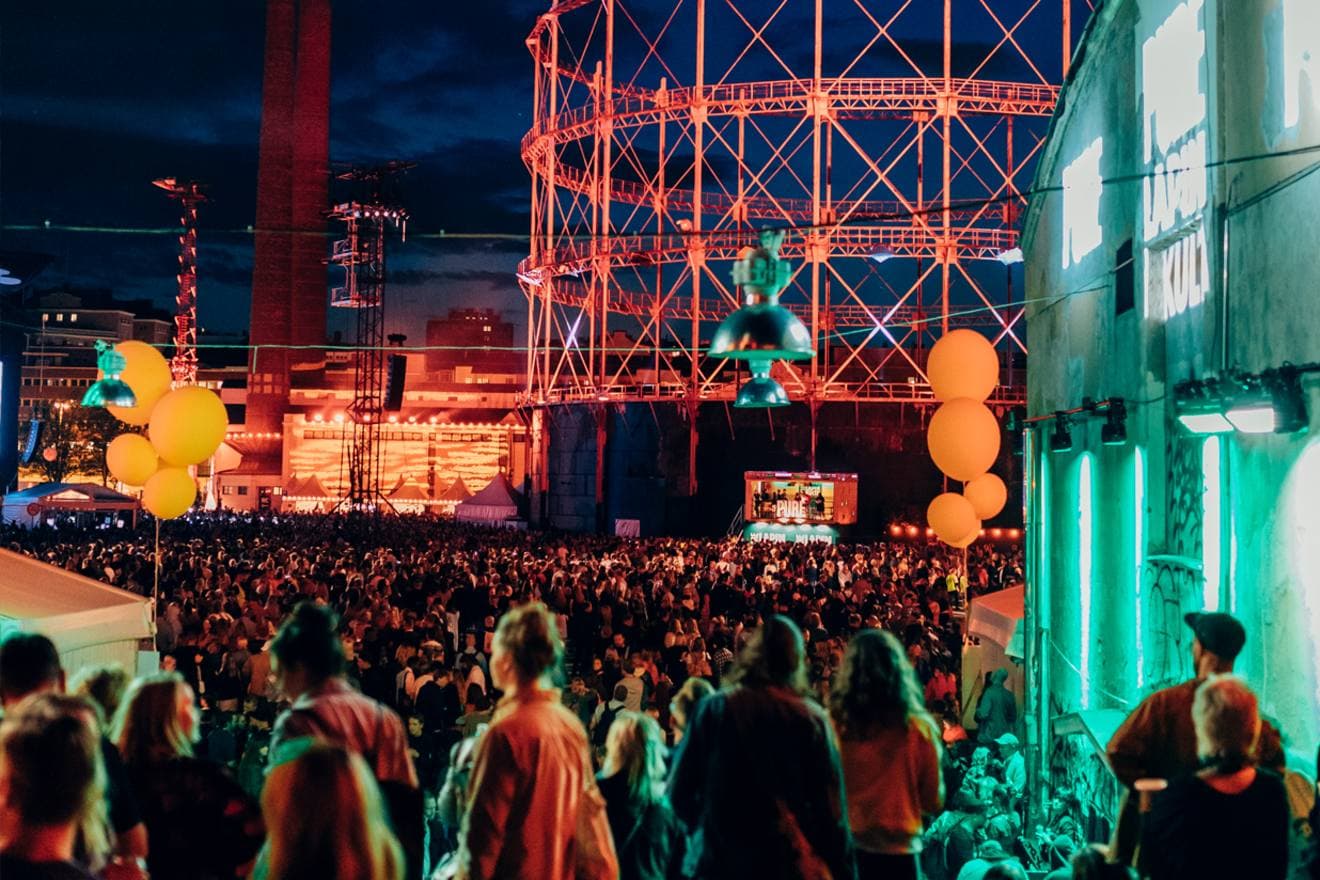One of the hallmarks of Flow has been its capacity to find new ways to grow, each year expanding its offering of performers, stages, services and cultural attractions – not to mention its audience, which swelled to 83,000 in its latest incarnation.
This, of course, has placed ever greater demands on the festival’s digital platforms. On a typical lineup announcement day, the Flow site may receive thousands of visitors, while during festival time itself it can receive up to 13 million requests per day.



Lucky Few’s architectural design relies upon two core features. Firstly, a headless CMS elegantly separates content repositories from the frontend (both mobile and web) – a modern, flexible approach that suited Flow’s needs to a tee. Secondly, the web site is hosted (via cloud services) in a dispersed CDN distribution, which confers further benefits.
The result? Speed, high availability, and excellent scalability – even in the face of Flow’s dramatically varied usage patterns. As if these weren’t enough, the system also has the effect of reducing hosting costs.
